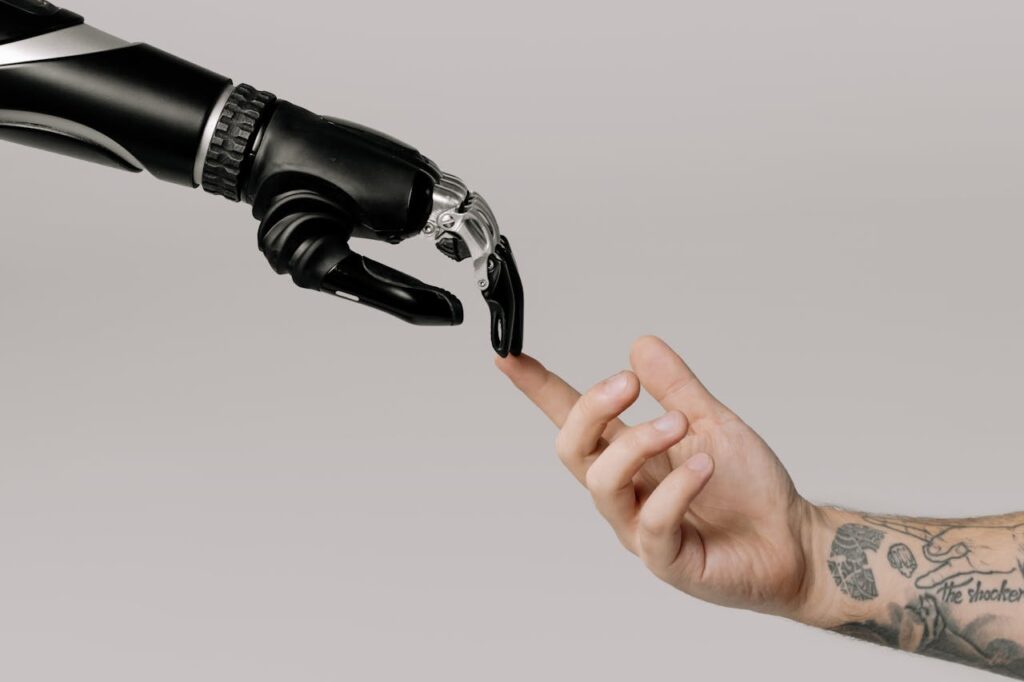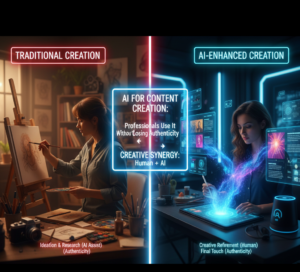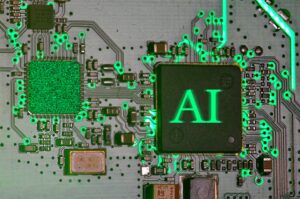The Impact of Artificial Intelligence on Human Communication Through Natural Language Processing

The Impact of Artificial Intelligence on Human Communication Through Natural Language Processing
During this age of digitalization, technology is not only influencing how we do our jobs, but it is also significantly transforming the way in which we interact. NLP, which stands for natural language processing, is one of the most groundbreaking technological developments that is driving this transition. Our interactions with technology are becoming more natural, fluid, and human-like as a result of natural language processing (NLP), which is bridging the gap between human language and machine comprehension. This includes chatbots and voice assistants.
However, what exactly is natural language processing (NLP), and how is it transforming the way people communicate with one another? We are going to delve deeply into the interesting field of artificial intelligence-driven language processing.
Can you explain what natural language processing is?
One subfield of artificial intelligence is known as natural language processing, and its primary objective is to make it possible for computers to read, understand, and reply to human language in a manner that is as natural as possible. Using a combination of computational linguistics, machine learning, and deep learning, natural language processing (NLP) provides robots with the capacity to comprehend not just words but also context, tone, and purpose.
What would you say if you asked your virtual assistant, “What is the current weather like?” in addition to receiving a prompt answer that is appropriate to the circumstance. NLP algorithms are responsible for processing your query, comprehending its meaning, and delivering the information in a language that is understandable to humans. This interaction is made possible by these algorithms.
The Course of Human-Machine Communication and Its Development
It was necessary for humans to get used to machine language in the early days of computers. In order to learn how to speak “computer language,” we had to type instructions, apply strict grammar, and learn to type. On the other hand, NLP has completely changed the game. Artificial intelligence is now gaining the ability to comprehend human language, with all of its complexity, subtleties, and even emotions.
ChatGPT is one example of a modern natural language processing model that is capable of analyzing text, identifying emotions, summarizing information, translating languages, and even writing creative material. Because of this, we are moving away from transactional contact with computers and toward conversational communication, which is far more engaging and seems much more natural.
How Artificial Intelligence is Changing Messages
1. Improved Ability to Serve Customers
Chatbots driven by artificial intelligence are accessible around the clock, ready to respond to questions in a variety of languages. Customers may now communicate with bots that not only comprehend their inquiries but also answer with empathy and accuracy, eliminating the need for them to stay on hold until anything is resolved.
2. Translation in Real Time and Availability of Information
The use of NLP is removing obstacles caused by language. Communication between people who speak different languages is made nearly straightforward by the use of tools such as Google Translate and real-time transcribing services. By providing the power behind speech-to-text and voice recognition systems, it is also enabling persons with impairments to enjoy new opportunities.
3. The generation of content and the customization of it
Businesses are able to write blog pieces, marketing material, and social media captions more quickly than ever before with the assistance of writing tools powered by artificial intelligence. Even more fascinating is the fact that natural language processing may be used to adapt material for particular readers, so making communication seem more direct and relevant.
Smart devices and voice assistants come in fourth.
Voice assistants have gotten so popular that they are now commonly known by their names. The ability of these gadgets to read spoken instructions, make reminders, play music, and even participate in informal conversation is largely dependent on natural language processing (NLP).
The Human Face of Artificial Intelligence Communication
One of the most fascinating characteristics of neuro-linguistic programming (NLP) is its capacity to understand the emotional underpinnings of words. Simply by monitoring reviews or postings on social media, for instance, companies are able to get an understanding of how consumers feel about a product or service via the use of sentiment analysis technologies.
Not only are computers learning to react to what we say, but they are also learning to respond to how we say it, recognizing tone, humor, and even sarcasm as natural language processing and machine learning continue to progress. It is precisely this human-like connection that gives artificial intelligence communication its force and relatability.
What Does the Future Hold for Neuro-Linguistic Programming (NLP)?
The use of artificial intelligence is likely to be closely linked with the future of human communication. Models of artificial intelligence are now being developed that are capable of generating full conversations, translating languages in real time, and even predicting what humans would want to say next.
Think of a future in which you are able to communicate with everyone in the globe, and an artificial intelligence quickly translates and delivers your words in their original language, replete with the emotional context of what you are saying. Alternatively, we may think of writing helpers who are driven by artificial intelligence and can compose entire books, blogs, or marketing campaigns with only a few suggestions. This would free us up to concentrate on creativity and strategy.
Human-artificial intelligence interaction has entered a new phase.
The development of Natural Language Processing is more than simply a technical advancement; it is a bridge that is bringing people and robots together in a more intimate relationship. It is causing a revolution in the ways in which we connect, cooperate, and communicate.
It is quite evident that the manner in which we engage with technology will only grow more human-like as artificial intelligence continues to advance. And while it is possible that artificial intelligence may never be able to replace the depth and delicacy of human connection, technology is clearly improving our capacity to communicate across languages, cultures, and distances.




